Technology is a market. As all markets, it's prone to the forces of supply and demand, of perceived demand, of risk, and hype, and potential revenue in the wide digits. But let's face it, far too much time is spent standing around wondering what the "next big thing" is going to be.
Phones
That's where Apple is different. They just say "We want this, so we're building this. To hell with everyone else." Now, if this were a tree in an empty forest (if it were empty, there wouldn't be any other trees, would there?), noone would know about their products. But Apple has this talent for attracting attention. They're so secretive, and they love to surprise you. So when they stand next to that new statue and lift the veil, the technology press feels obligated to clap and cheer despite themselves, because of the anticipation.
Now, in this market of ours, Apple creates an action, widely perceived. This sends all those drones waiting for "the next big thing" running out of the room to their labs. The action creates a reaction. Google says "We want to build a phone, also with a rich runtime environment, but one that *doesn't* make the owner feel like he lives in Guantanamo Bay." Would Google have created Android without the iPhone? Who knows, but the fact is they didn't. Along come other responses. Palm is getting in on the game now. And Nokia finally got to work on a Linux-based phone platform (what on earth have they been waiting for all these years??).
It's a strange thing. Now, all these companies are rolling up their sleeves to build better phones. So why the hell didn't they before? The same exact companies that have been selling junk for a decade are now trying to improve their products. Why? Because Apple got everyone thinking that there is a demand for this. Before the iPhone, all the companies kept stealing quick glances at each other, scrambling to deliver whatever new tiny piece of junk the other was selling.
Apple, despite the murkiest of intentions, have brought about a positive development.
Software
Vendors in free software don't spend a lot of time on marketing, it's not their game. And even if they did, they don't have armies of marketeers and astronomical advertising budgets, so it's a different kind of marketing. KDE4 might be the best example of that; they really made an effort to be heard. But they're not in a position to stir up the same kind of hype that Apple can do with hard cash on the table. And thus the role of free software is often that, not of actor, but of reactor.
Free software is often the re-implementor. It doesn't seem very glamorous, but it delivers a very important product. OpenOffice is clearly a ploy to replace Ms Office, but its users are nevertheless very grateful that it's there. Mono isn't a "new thing", but it does bring the rich .NET runtime to Linux. Linux itself is just a reimplementation of Unix, but who could argue it hasn't been a wonderfully positive force? And how much good has the Wine project done, enabling countless people to run their legacy apps?
Sometimes a reaction is just the thing you need to get what you want. Stallman spent a decade warning people about the "java trap". Now that java is free software, does that make the people who worked on Classpath, Kaffe and all the other free java projects feel stupid? I doubt it, because it was their response that led to a free java. Sun, who had been forever clutching to java like a kid to his teddybear, didn't want to give up control of java. But they realized that left unchecked, this activity in the community would replace java and they would lose all control over it. So they made it free. But someone had to make them do it.

 January 10th, 2009
January 10th, 2009
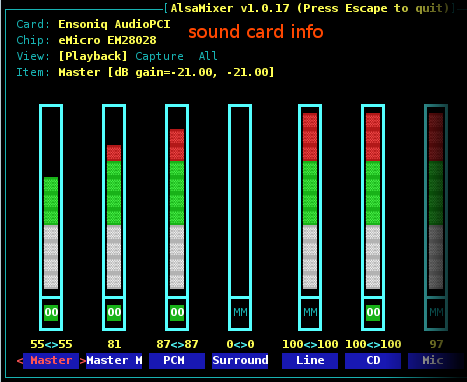
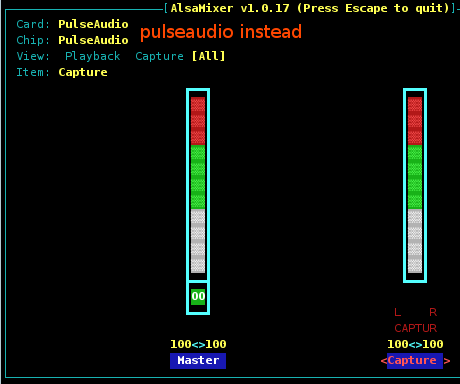
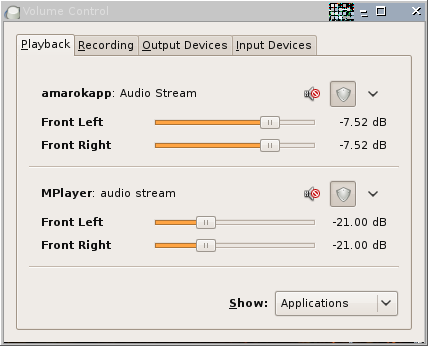
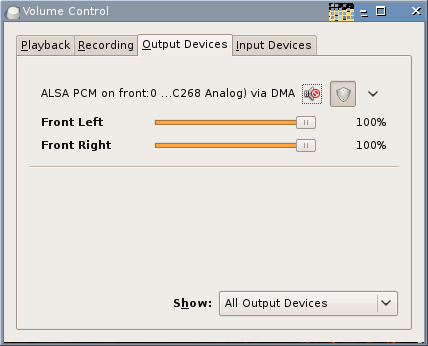
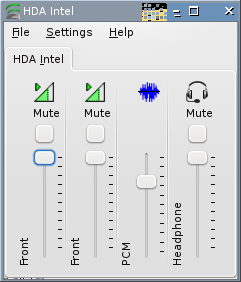
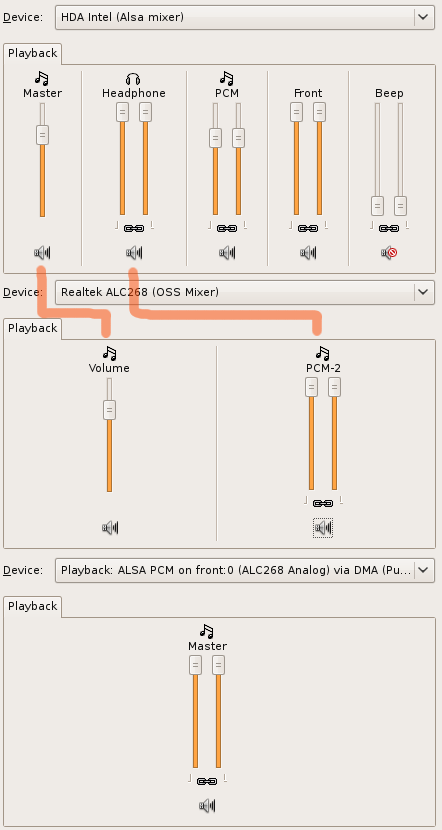
 His story is appealing on many levels. What strikes me first is the cozy nostalgia of Serie A in 2001. That Verona team had a lot of players who went on to bigger things. The Verona of Frey, Adailton and Mutu. With players who would make a career at Parma: Gilardino, Bonazzoli, Morfeo, not to mention Prandelli. With Laursen, who would sign for Milan. With Camoranesi, the oriundo, who would lend creativity and dribbling to Lippi's all winning Italy; and keystone of present day Juventus, of course. With Oddo, the most abused of all players, who allegedly had secured a transfer to Lazio in mid season and didn't seem to try very hard. With the Parma veteran Apolloni, his last season before hanging it up. With a young and hopeless Cassetti, present day Roma.
His story is appealing on many levels. What strikes me first is the cozy nostalgia of Serie A in 2001. That Verona team had a lot of players who went on to bigger things. The Verona of Frey, Adailton and Mutu. With players who would make a career at Parma: Gilardino, Bonazzoli, Morfeo, not to mention Prandelli. With Laursen, who would sign for Milan. With Camoranesi, the oriundo, who would lend creativity and dribbling to Lippi's all winning Italy; and keystone of present day Juventus, of course. With Oddo, the most abused of all players, who allegedly had secured a transfer to Lazio in mid season and didn't seem to try very hard. With the Parma veteran Apolloni, his last season before hanging it up. With a young and hopeless Cassetti, present day Roma.